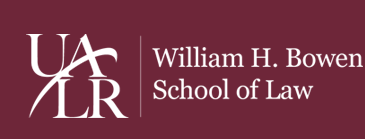Publication Date
2022
Abstract
When we walk out our front door, we are in public and other people may look at us. But intuitively, we don’t open ourselves up to unlimited scrutiny just by going outside. We retain some privacy, even in public. What is the source of this residual public-privacy, and how should the law recognize it without degrading the open character of public space?
The answer given by commentators, and most recently by the Supreme Court in Carpenter v. U.S., comes in the form of two related claims. The first is the chilling theory of the Fourth Amendment. According to this idea, the Fourth Amendment protects the exercise of First Amendments rights against the suppressive effects of government observation. The second is the mosaic theory of a search. According to this idea, a citizen suffers a Fourth Amendment search when the government amasses information about her from which it can infer her First Amendment activities, broadly understood.
I argue that both claims are flawed, and that their replacements should be sought from what I call the participatory theory of privacy. According to this theory, privacy, and so the Fourth Amendment search clause, fundamentally (but not exclusively) protects against being misjudged for the experiments in living that one performs by, inter alia, thinking, talking with trusted others, and seeing the world for oneself. A consequence of this theory is that a person’s movements are not private only because they reveal other private information, but rather because they are themselves private. This result provides a stronger and narrower rationale for the Carpenter decision rooted in freedom of movement. It also provides a theoretical framework for addressing a variety of surveillance methods, including historical location tracking, real-time location tracking, and “geofencing.”
Document Type
Article
Recommended Citation
Jordan Wallace-Wolf, Fourth Amendment Privacy in Public: A Fundamental Theory with Application to Location Tracking, 91 UMKC L. Rev. 291 (2022).
Included in
Available at: https://lawrepository.ualr.edu/faculty_scholarship/293
